Case: 1
I try to simulate the LowTemperatureRadiant:VariableFlow for building as show in Figure 1 with constructions given in Figure 2. But I got the unrealistic results that radiant system runs only 2 hrs but it maintains the indoor temperature at 27 C for all working Hrs (Chilled Water inlet temperature: 8.4 C), the results are exhibited in Figure 3.
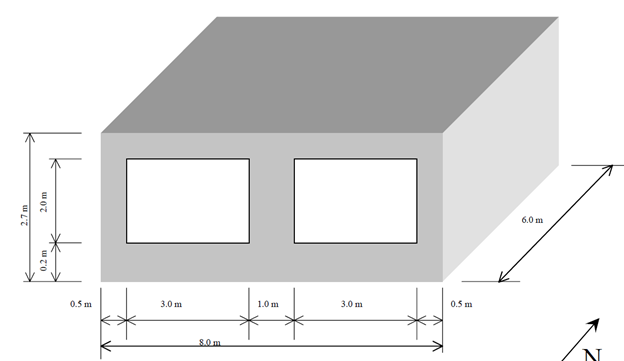
Figure 1
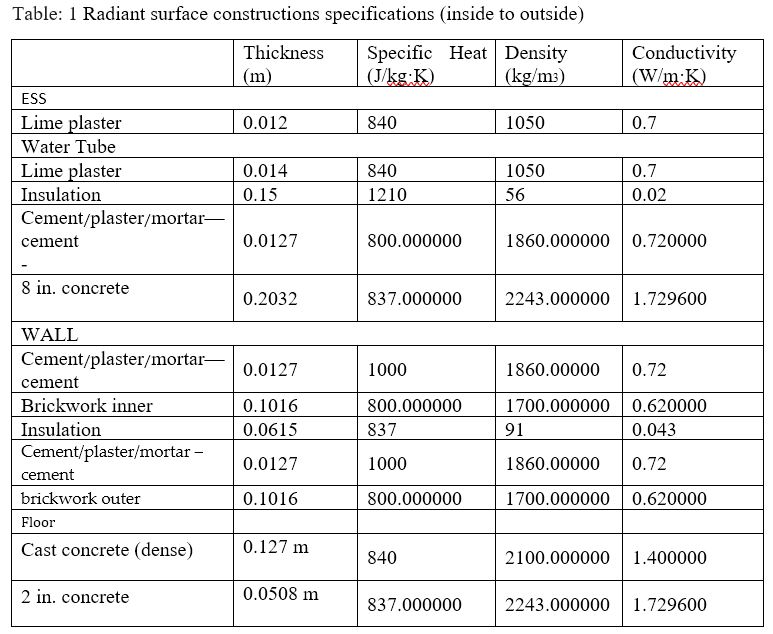
Figure 2
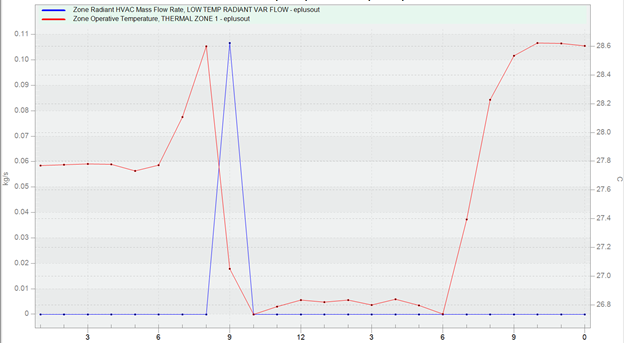
Figure 3: Simulation Result for 25 June 2021 for Case: 1
Case: 2
So, to troubleshoot the issue, I simulate the example file “ RadLoHydrHeatCoolAuto” present in the directory of EnergyPlus software with similar internal loads and weather conditions as of case : 1. Then , It gives acceptable results as exhibited in Figure: 4.
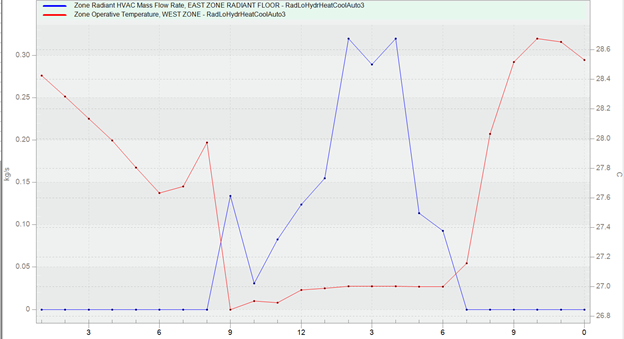
Figure 4: Simulation Result for 25 June 2021 for Case: 2
Case: 3
Now, I simulate the case: 2 with similar building dimension as of case 1 (constructions is same as of case 2). This also give acceptable results as shown in figure: 5
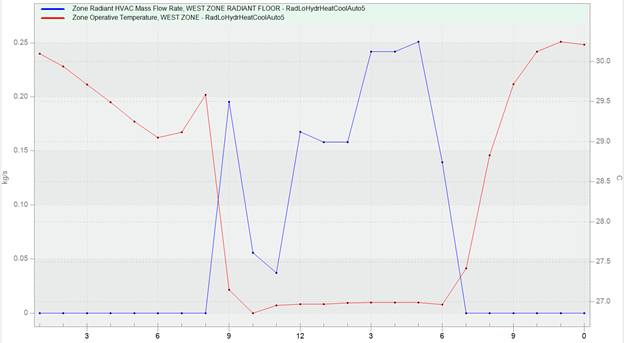
Figure 5: Simulation Result for 25 June 2021 for Case: 3
Case: 4
Finally, I simulate the case 3 with similar construction as of case 1 but again I got unrealistic results as similar to case 1 (illustrated in Figure 6:).
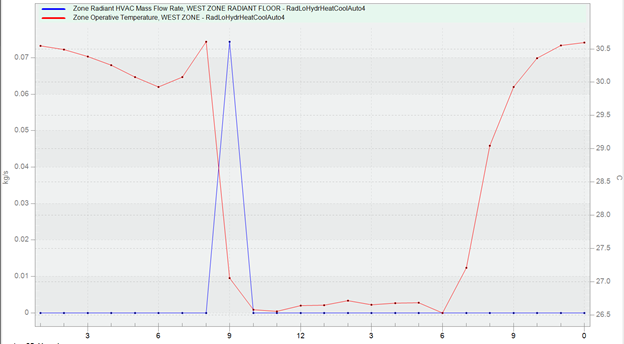
Figure 6: Simulation Result for 25 June 2021 for Case: 4a
In all cases , schedule of radiant system is “ until: 8:00 , 0, until: 18:00 , 1, until: 24:00 , 1” . So I change the schedule as “until: 24:00 , 1” and let the controls determine what runs or doesn’t run. In this case 4b , system does not run but temperature remains under 27 C as shown in Figure 7.
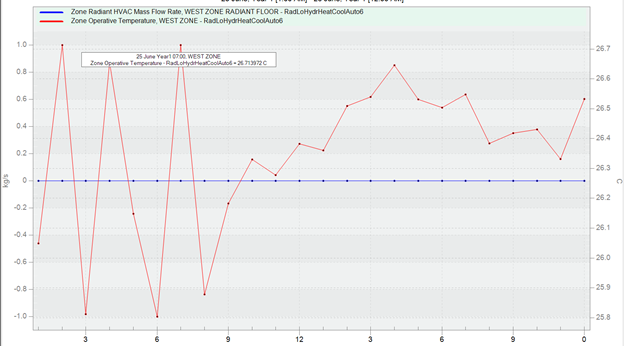
Figure 7: Simulation Result for 25 June 2021 for Case: 4b
Can anyone explain me why I got the unrealistic results in Case 1 and 4?
Is it only due to construction?
Why schedule of radiant system affect the results in that way ?






